Researchers have developed a colloidal gold test strip for Cardiac troponin I detection based on microplasma generated gold nanoparticles.
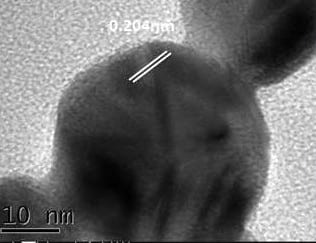

Researchers have developed a colloidal gold test strip for Cardiac troponin I detection based on microplasma generated gold nanoparticles.
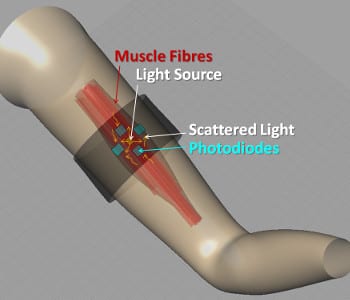
Researchers shine light into muscle to detect instructions for artificial limbs.
A Montreal-based research group have developed aligned electrospun PET nanofiber mats that mimic the media layer of arteries.
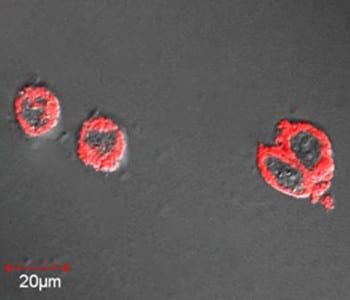
Lanthanide(III) complexes have steadily found increasing use in both biosensing and bioimaging due to their advantageous emission properties.
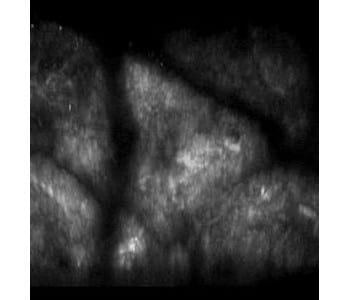
In vivo and non-invasive: Collagen remodeling after micro-ablative fractional laser resurfacing can be monitored by two-photon microscopy.
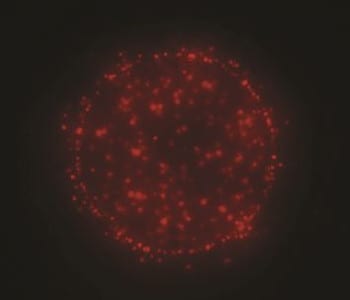
Detection of nanoparticles and DNA biomarkers at clinically relevant low levels can be achieved by combining epifluorescent microscopy with dielectrophoretic microarrays.
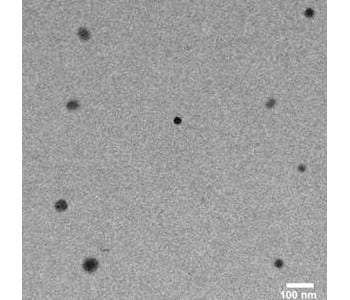
PDI-based organic nanomaterials have been successful developed and used for detection of deep human glioblastoma in mice models using photoacoustic imaging.
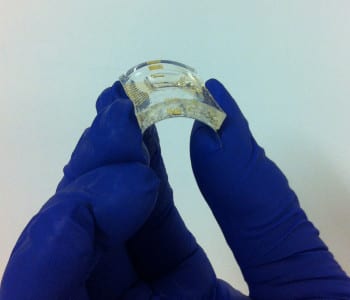
Researchers have created a low-cost, flexible bioelectronic device based on PEDOT:PSS, which they used for monitoring action potentials from cell tissues.
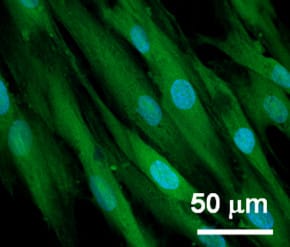
Researchers have successfully fabricated titanium surfaces chemically functionalized with the flavonoids taxifolin and quercitrin.
Researchers have reported a multi-component hydrogel material that can be utilized to direct the fate of neural precursor cells in vitro.